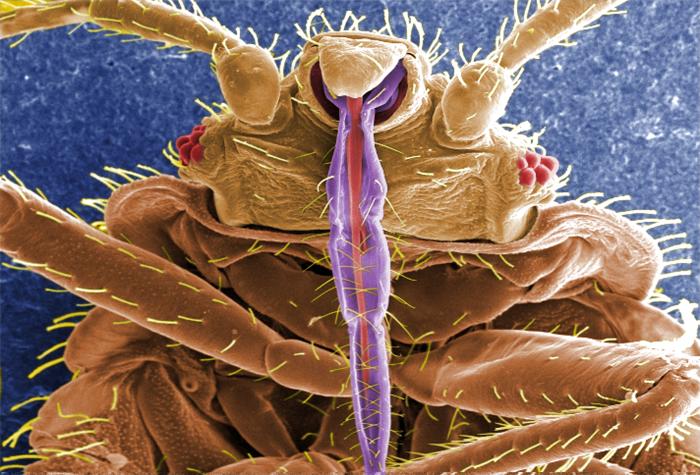 One of the advantages of working at home is that I have more opportunities to talk to my neighbors, who often stop by with interesting news. The other day, a bear got into someone’s chicken coop; not long before that, a stray bull was wandering around in the adjoining field. But the most intriguing recent tidbit came from a neighbor who told me that he gargles with bourbon instead of mouthwash.
One of the advantages of working at home is that I have more opportunities to talk to my neighbors, who often stop by with interesting news. The other day, a bear got into someone’s chicken coop; not long before that, a stray bull was wandering around in the adjoining field. But the most intriguing recent tidbit came from a neighbor who told me that he gargles with bourbon instead of mouthwash.
“You what?” I said.
“Well,” he said, “I was looking at the mouthwash in the store a while ago, and I thought, ‘Hey, this stuff is basically expensive alcohol with a bunch of weird additives. Why not just buy a bottle of whiskey and be done with it?’”
Now here was an appealing proposition. First of all, how often does one get to combine the pleasures of hard liquor with virtuous feelings about personal hygiene? Secondly, as the overcommitted parent of a toddler, the prospect of drinking while accomplishing something else sounded like the highest form of efficiency.
I should say that my neighbor has a Ph.D. in biology and is, as far as I can tell, eminently sane. He’s also a teetotaler, so he spits out the bourbon. (Seeing my disappointment, he added, “But I don’t see why you’d have to.”) And he doesn’t rinse in the morning, especially if he has to talk to other people. (“Wouldn’t make a good impression.”) He figures his nightly swishes beat mouthwash on several counts: cheaper, no weird additives, and as good or better at killing bacteria.
Sounds too good to be true. Is it? In our efforts to serve you better, the Last Word On Nothing Consumer Affairs Division decided to investigate.
Continue reading →
 Some of you, I suspect, have read in Time, Slate, NPR, Popular Science, Wired, or dozens of other news outlets that scientists have figured out how to read minds. I hate to always be the neuro–tech downer, but that claim is just false. Laughably false.
Some of you, I suspect, have read in Time, Slate, NPR, Popular Science, Wired, or dozens of other news outlets that scientists have figured out how to read minds. I hate to always be the neuro–tech downer, but that claim is just false. Laughably false.





